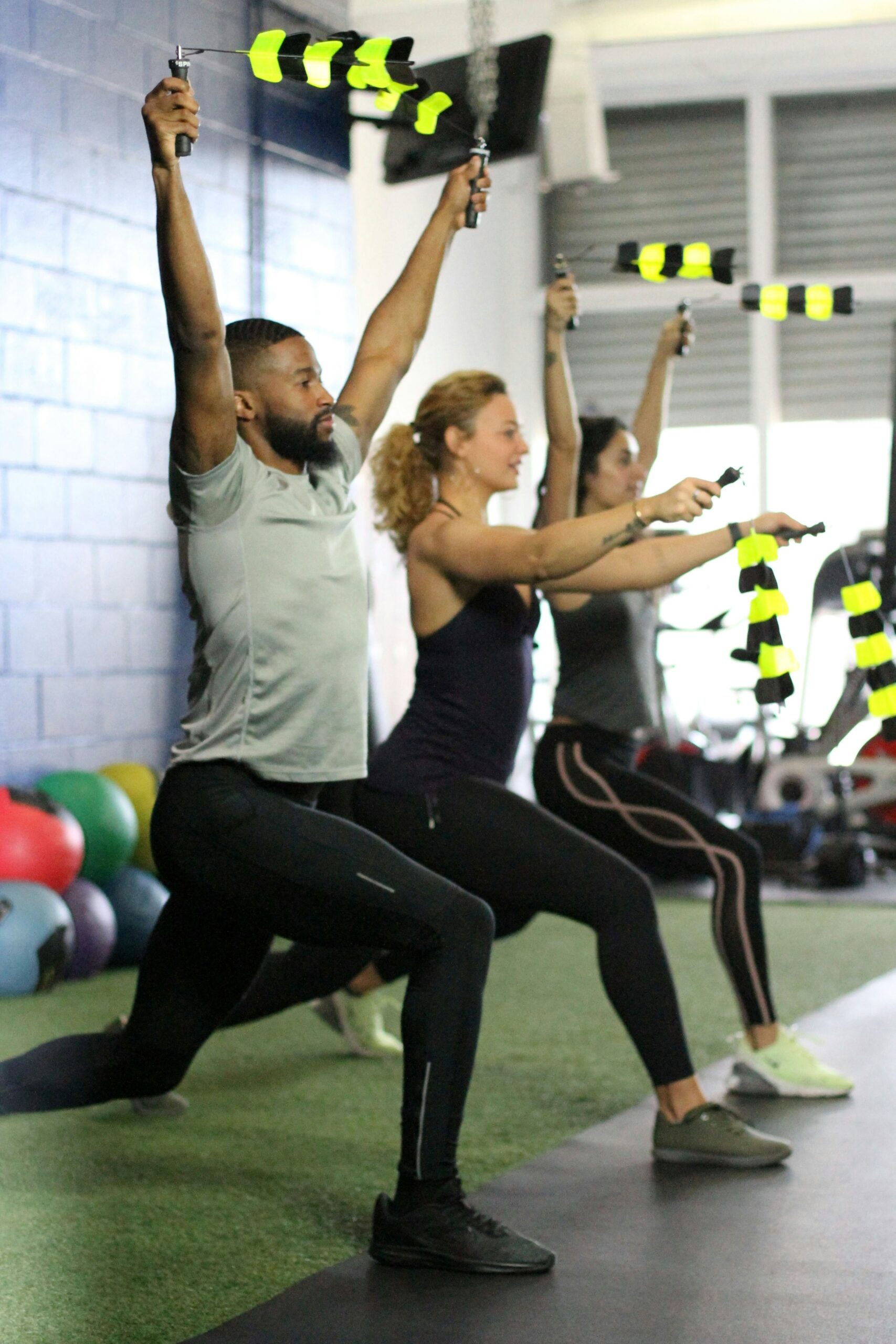Theories of Learning and Physical Literacy

Answering the question ‘What does Physical Literacy look like in practice?’
This blog will look briefly at three Schools of Learning and, without totally dismissing any, will highlight one school that can help us to promote physical literacy and be a guide to what a situation that is fostering physical literacy might look like.
Schools of Learning
There are generally agreed to be three principal Schools of Learning. The Cognitivist School which focuses on thinking processes, the Behaviourist School which looks particularly at ways that teachers can promote learning. And thirdly the Humanist School which highlights the holistic nature of the learner.
The Cognitivist School (Getty 2014) is concerned with promoting understanding and with individuals constructing their own meaning. New learning should build on previous learning with tasks becoming progressively challenging. The trajectory of difficulty follows the progressive stages set out by Bloom (1976) These start with knowledge and work towards synthesis and self-evaluation.
The Behaviourist School (Skinner !953) lays great stress on the role teachers play in recognising and rewarding pupil success. These teacher behaviours are seen to foster learning and encourage the learner to repeat the responses that have received praise. This recognition of success is most effective when it is specific to the learner and is given immediately after the correct response has been given. Characteristically learning is seen as most readily acquired piece by piece, with frequent repetition to ensure each new segment is firmly established.
The Humanist School (Rogers 1994) directs attention to the learner, who should be seen as where any concern about learning begins. Learners are holistic beings who have had unique sets of experiences and thus bring particular expectations, hopes and fears to the learning environment. Learning should be intrinsically motivated. There are also commitments in this school of thought to meet individual needs, to foster self-realisation and to support fulfilment of potential.
Fostering learning in the context of promoting physical literacy
There is little doubt that all schools of learning can contribute to fostering learning in the context of physical literacy. The definition of physical literacy includes reference to knowledge and understanding and thus the recommendations from the Cognitivist School need to be kept in mind. New learning should build on previous knowledge and understanding, and progressive challenge should broadly follow Bloom’s taxonomy. Learners should establish their personal constructs to manage knowledge, thus establishing deep rather than surface learning. There is some congruence between the fostering of physical literacy and the Behaviourist School of thought where there is mention of the importance of constructive, personalised feedback. Also relevant are the notions of the value of practice and of building learning piece by piece in strategies that involve a gradual construction of a whole technique from small parts. Both these schools of learning make some reference to the individual, but in neither case is this concern paramount.
In contrast the Humanist School of learning starts with the individual learner. It is the way that Humanist Theorists put the learner ‘centre-stage’, and their commitment to the part played by emotion and affect in learning, that makes this school of thought particularly apposite to fostering physical literacy.
Physical literacy and the Humanist School of learning.
Study of this school of learning reveals a number of synergies with physical literacy from the perspective of promoting learning. Within the notion of physical literacy stress is laid on the holistic and unique nature of each individual. Affective elements of motivation and confidence are headlined, as are positive learning experiences arising from teacher empathy in designing appropriate tasks. Each individual is seen as worthy of respect. Learners are on their own, unique, physical literacy journey. Intrinsic motivation to participate in physical activity at all stages of life is an aspiration of physical literacy as is the responsibility of the individual to maintain this participation. (See Whitehead 2010 & 2019)
The following elements of Humanistic learning theory can be seen as closely aligned with physical literacy. For example these theorists are concerned:-
- to understand the needs of the individual
- with personal growth and development of the individual throughout life
- about the importance of the emotional/affective aspect of human nature
- to foster learner motivation to succeed, explore and fulfil potential
- to establish intrinsic motivation in respect of learning
- to encourage learners to play a part in planning and devising elements of schemes of work and sessions
- to promote the value of individuals taking responsibility for their own learning
Conclusion
A description of appropriate aspects of physical literacy pedagogy could be extrapolated from the above considerations. While there would be a concern for well managed understanding and carefully selected feedback to reinforce desirable responses, the over-riding feature would be a concern for the holistic individual. Practitioners would be teaching individuals rather than activities or lessons. Practitioners would display a caring and an empathetic relationship with each individual. Every learner would be respected and all forms of progress would be celebrated.
References
Bloom, B. S. (1976) Human Characteristics and School Learning. New York: McGraw-Hill.
Getty, G. (2014) Teaching today. (5thEdition) Oxford University Press. Chapter 1
Skinner, B. F. (1953) Science of Human B. New York: Macmillan
Rogers, C. (1994) Freedom to Learn (3rd Edition). New York: Prentice Hall
Whitehead, M. E. (2010) Physical Literacy throughout the Lifecourse. New York and London: Routledge.
Whitehead, M. E. (2019) Physical Literacy across the World. New York and London: Routledge.`



